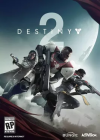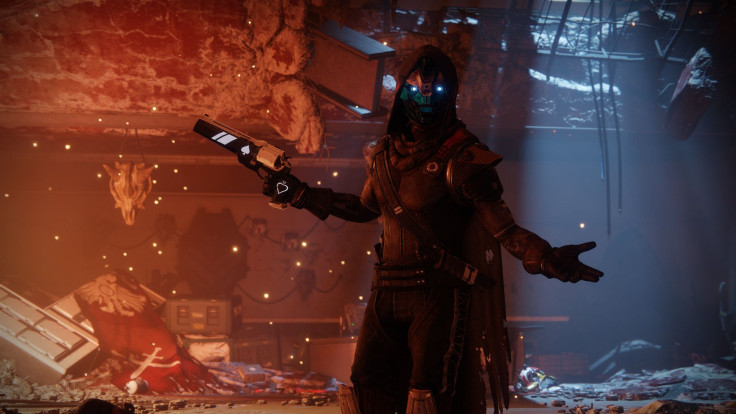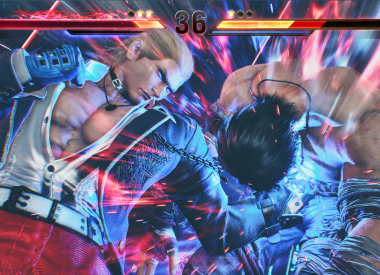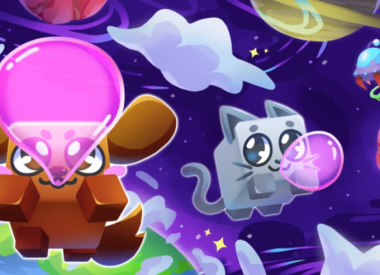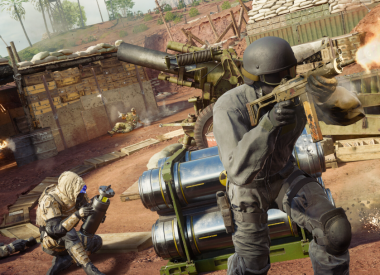Destiny 2 has been out for a week now and if early responses are any indication, it looks like Bungie’s second shared-world shooter is going to be even more popular than the first. We were fortunate enough to sit down with Activision CEO Eric Hirshberg, to talk about the sequel and the future of the franchise the day before Destiny 2 hit consoles.
Recent comments from Hirshberg have given Destiny fans hope about increased post-launch support for Destiny 2. Back in July, the Activision boss used a GamesIndustry.biz interview to acknowledge the Destiny community’s insatiable appetite for new DLC. He also expressed disappointment with the frequency of new Destiny 1 content. He followed those comments on an Activision earnings call, in August, during which he said “follow-on content is almost as important if not as important as the main game.” The comments spread across the web like wildfire, with many treating the statements as an implicit promise of more frequent post-launch content for Destiny 2. But Hirshberg wasn’t willing to say as much during our chat.
“It’s a world we want people to inhabit, build relationships in and come back to over a long period of time,” Hirshberg told Player.One. “The demand for content is so high that even a team as capable as Bungie can’t keep up with it. That’s a high-class problem, but one that we solved.”
Hirshberg mentioned the decision to bring in High Moon and Vicarious Visions to support Bungie’s developmental efforts, but declined to comment more specifically about what fans could expect in the next two to three years. In light of the community’s displeasure with the brevity of Year One expansions and the relative lack of new content between Taken King and Rise of Iron, we hoped Hirshberg might shed light on Bungie’s plans to reduce downtime, perhaps by sticking with the two expansions per year model and creating more content for each. Or by introducing new world events, like Festival of the Lost, to fill the gap. Instead, he defended the first three years of Destiny DLC.
“I, for one, thought that House of Wolves and The Dark Below were great expansions that added tremendous value,” Hirshberg said. “It’s not the frequency. To me, that first year was really great. It’s just that after The Taken King, the stretches between content drops got a little long. That’s because the demand for continued engagement was greater than we anticipated.”
Hirshberg cited player feedback as instrumental to the development of D2’s most promising features, and there’s no reason to doubt Hirshberg’s explanation for downtime during the second half of Destiny ’s life. Most shooters don’t still have millions of players a full three years after launch. But two-thirds of the PS4 community have already reached the level cap in Destiny 2. And they’re going to want something new to do soon.
What Hirshberg would say is that the scope of Destiny, its expansions and any new releases we see down the road isn’t dictated to Bungie. Activision’s CEO says his company works closely with the Destiny team to plan each project and determine the resources needed to bring them to fruition. But the two companies don’t have an employee-employer relationship.
“Everything we do is done in partnership. What we do is, together, we sit down and we map out the vision and the plan,” he said. “Then we make sure we have the resources available to make that plan a reality. It’s something we do in tight collaboration with Bungie and both teams are heavily involved in mapping out what we’re going to make and completing the bigger picture.”
Hirshberg knows everyone won’t be happy, but he doesn’t mind the criticism. In many cases, it helps Activision and Bungie deliver a better product.
“This is the most engaged audience in the world. The most engaged entertainment medium in the world. And that’s a strength,” he said. “The time to worry is when people aren’t talking about it. Aren’t expressing passionate opinions. And we listened really carefully to our fans. I think Destiny 2 is a huge reflection of that, because the strongest things about the game are things that we really heard the community valued. And that had a big impact on our creative process.”
Destiny 2 is currently available for PlayStation 4 and Xbox One. The game hits PC on Oct. 24
Be sure to check back with Player.One and follow Scott on Twitter for more Destiny 2 news in 2017 and however long Bungie supports Destiny 2 in the years ahead.

